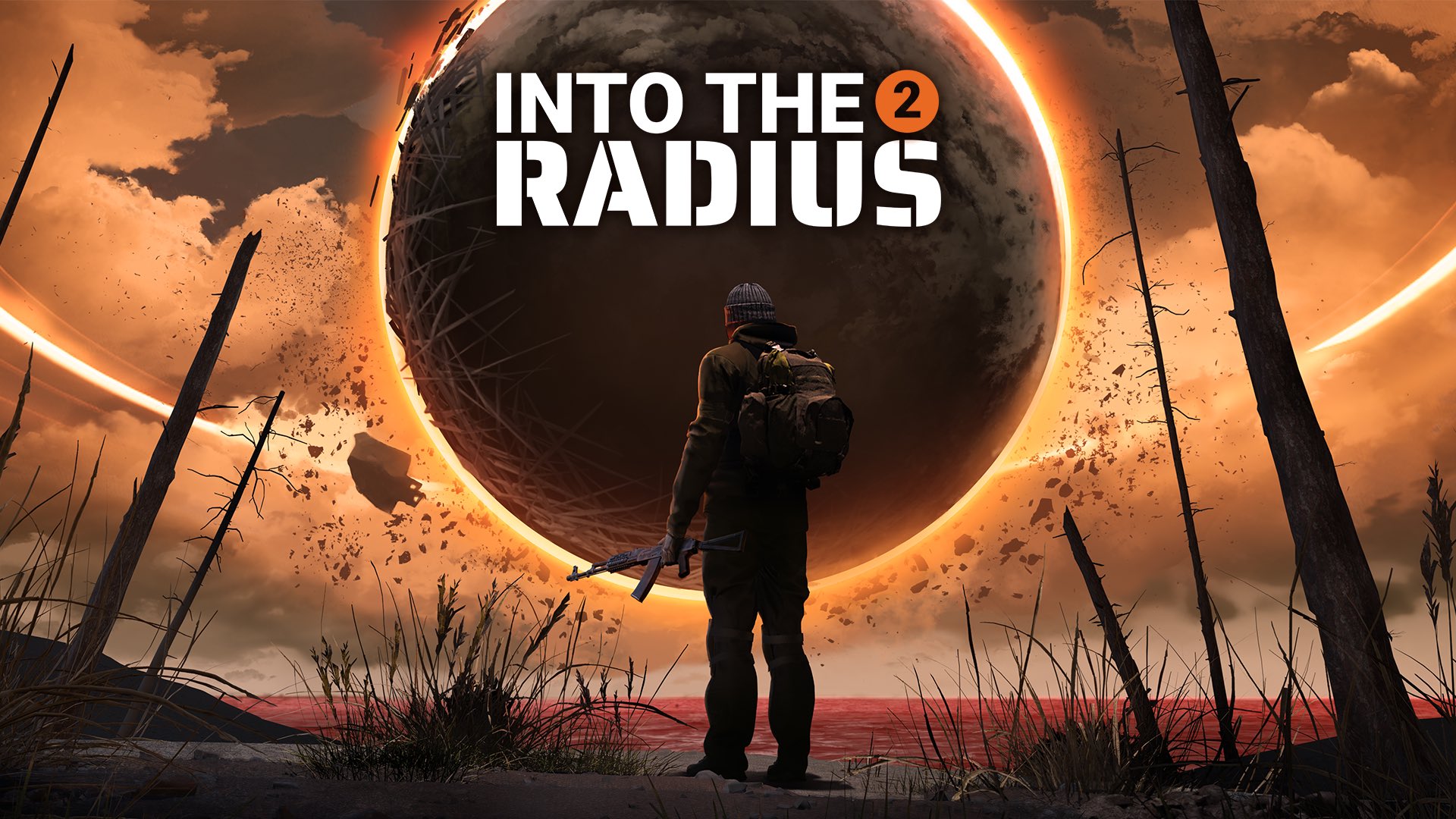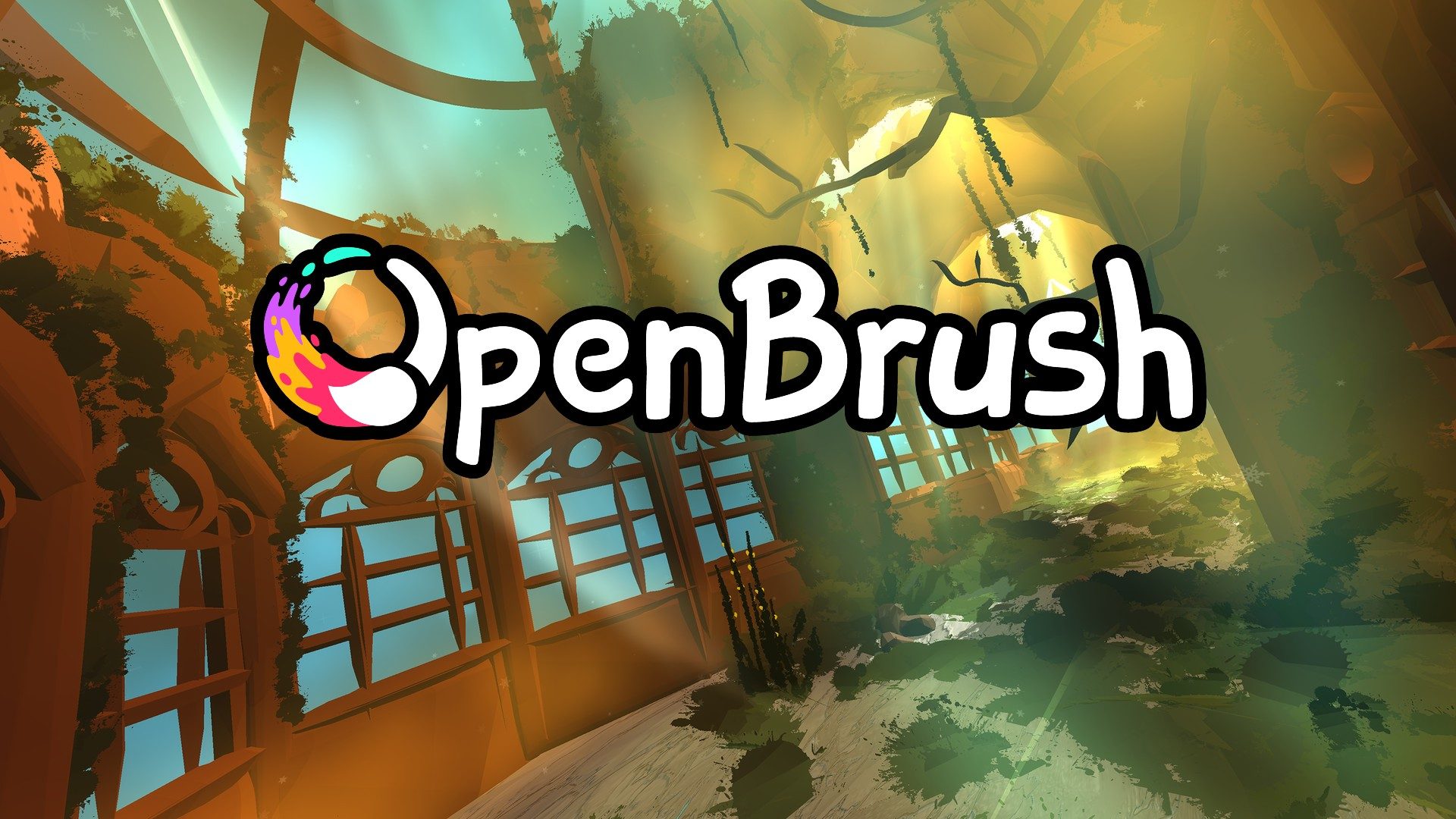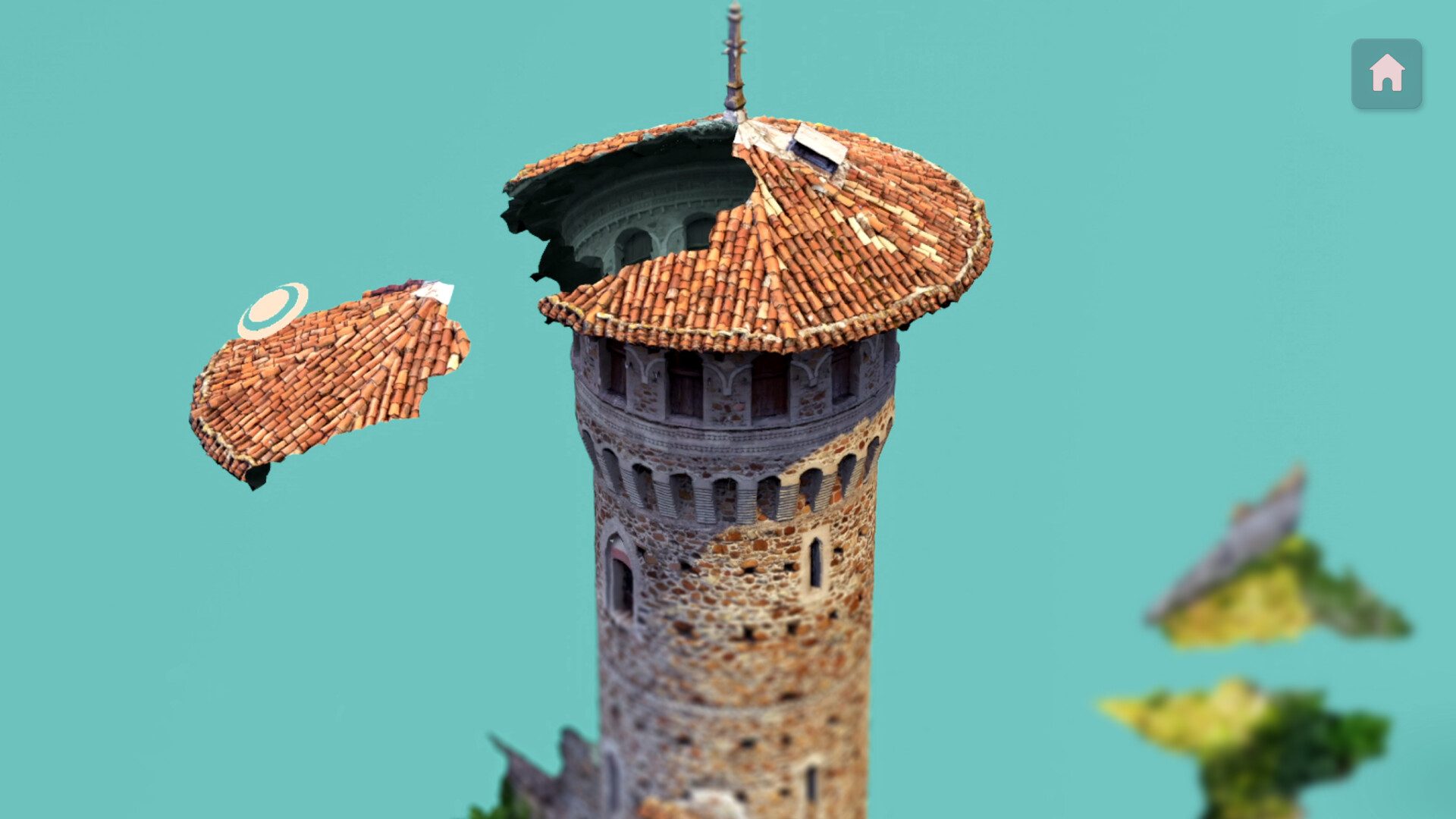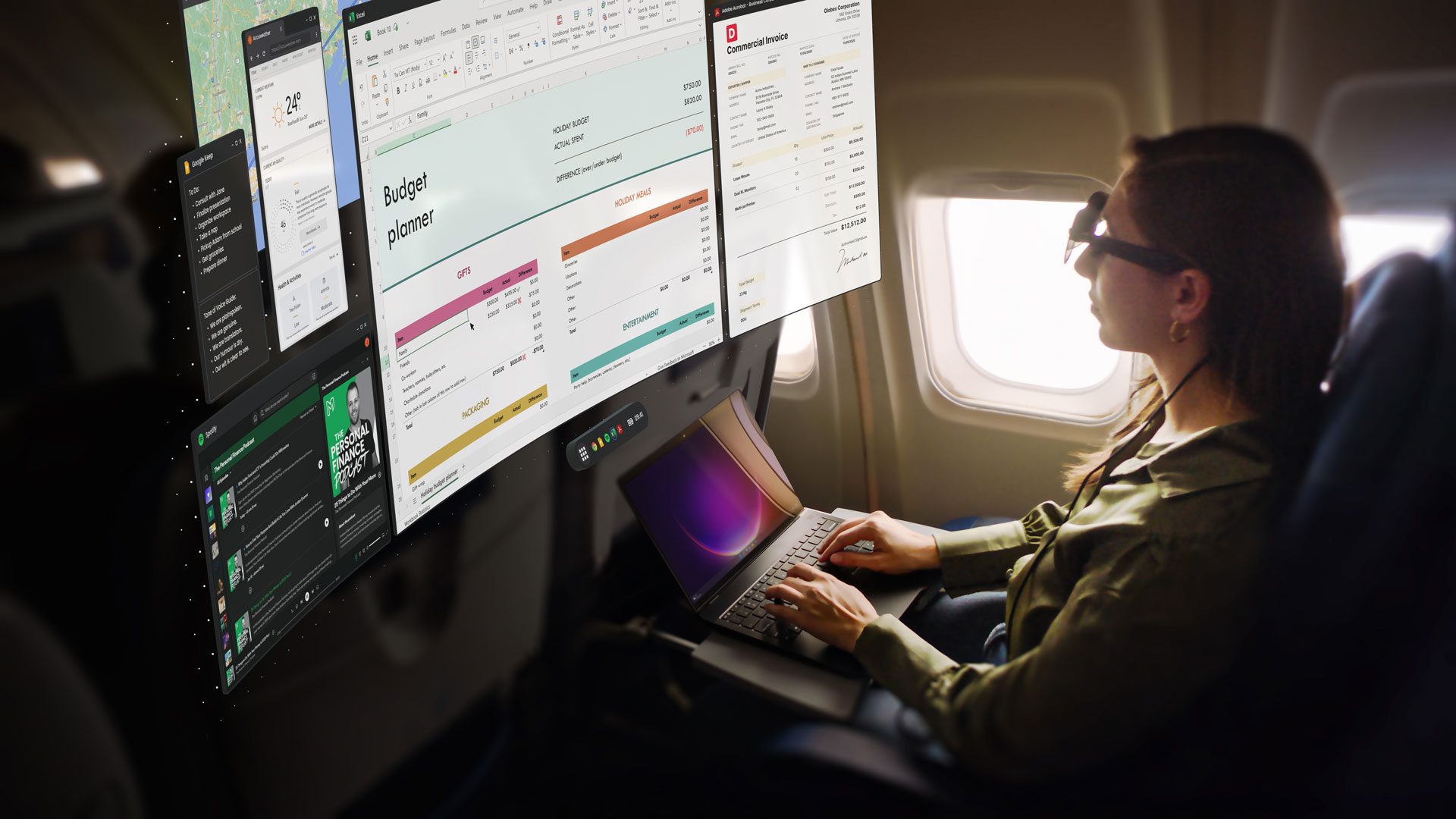As I wandered the halls of AWE Europe, a standout moment came unexpectedly—not from an official exhibit, but rather an impromptu demonstration in the corridors. Gracia, a company making waves in volumetric video technology, was there to showcase their astonishing moving scenes. It was an experience I couldn’t wait to share.
Gracia
Let’s dive into what makes Gracia tick. This startup is on a mission to become the go-to platform for volumetric content, leveraging Gaussian Splats for rendering. Picture it as YouTube but for 3D scenes, where creators can easily upload their immersive experiences, captured possibly even with a smartphone, for audiences to explore.
Currently, Gracia offers apps for both Quest and Steam VR. While the Quest version restricts you to pre-loaded scenes, Steam VR lets you explore content created by the wider community. It’s worth noting that Gaussian Splats demand hefty processing power, leading to simplified graphics for the Quest. Nonetheless, the fact that it functions on a standalone device like the Quest is a testament to the team’s optimization efforts.
A few weeks back, I took a dive into Gracia on Quest. It was an intriguing glimpse into what’s possible with this technology, even if there were some hurdles like artifact-ridden scans and a lackluster UI. Unfortunately, I couldn’t compare it to the PC version due to my own hardware limitations.
That’s when investor Tipatat Chennavasin stepped in at AWE, offering me a live demonstration on his high-powered laptop. I was eager to see how the PC version performed and, more importantly, to experience their latest innovation: moving volumetric scenes.
Moving Volumetric Scenes
Gracia has pushed the envelope by digitizing several animated scenarios. These brief, people-focused clips—ranging from 10 to 30 seconds—are available for exploration via the Gracia app on SteamVR. Imagine witnessing a short, immersive video rendered in 3D, an advancement from static scenes typical of similar technologies like Meta Horizon Hyperscape. However, there’s a trade-off. As detailed by Upload VR, these scenes are resource-intensive to scan and render, making them an early-stage, experimental feature.
Gracia used advanced 3D scanning rigs to capture this content, with each frame requiring significant computation. Even when optimized, the demands are high, both in terms of processing time and data size. Currently, these scenes necessitate a hefty download, but Gracia is confident in the near-future prospects of significant compression improvements and cloud VR streaming.
Hands-On: Moving Volumetric Scenes on Gracia PC
The hands-on demonstration was nothing short of mesmerizing. Tipatat handed me a custom Quest headset, adorned with bright orange accents, linked to his laptop. Once I donned the headset, I was met with Gracia’s unpolished UI, which I briskly bypassed. Then, the real magic unfolded—a blonde girl, dancing gracefully, came to life before my eyes. It was one of those ‘wow’ moments, perfectly timed for an event named AWE.
The graphics were leaps ahead of what I had seen on the Quest. On the Quest, the compression needed for smoother performance left the characters with subtle, fur-like artifacts. But on PC, these visuals were nearly flawless. The girl wasn’t lifelike—no virtual avatar fully compensates for human subtleties—but she was compellingly close.
What took the experience over the top was her movement. In this dynamic, volumetric scene, I could circle and view her from every possible angle, heightening the realism. At one point, I crouched to gain a different perspective, prompting a joking remark from Tipatat, "Caught trying to peek under her skirt, are we?" I tried to play it off, but the incident was a humorous logline on how immersive and interactive these experiences can be.
It’s hard to ignore the potential implications of this technology for the adult entertainment industry. The ability to create a lifelike, dynamic person in your living space could be groundbreaking. Historically, this industry has spearheaded technological advances, hinting that it might help refine innovations like Gaussian Splat tech.
Beyond the fun, the ability to tweak the scale of the character with controllers was fascinating. Miniaturizing the dancer to the size of a Barbie eliminated the visibility of any imperfections, making her even more believable. Pausing the video allowed for a thorough examination of details like her semi-transparent dress.
After the dancer, I explored two more scenes: a joyful family dancing with a baby and a cooking demo led by a chef. The family scene radiated warmth and connection, while the cooking clip, though good, fell a bit short due to scanning imperfections and a less engaging vibe.
Final Thoughts
I didn’t foresee being this blown away by Gracia’s moving volumetric scenes. There’s something quite revolutionary in how we might capture memories in the future—not merely as videos but as fully relivable 3D experiences. Yet, as of now, this vision remains distant, with current gear heavy and pricey, and large file sizes hindering practical use.
For those with a robust PCVR setup, I wholeheartedly recommend trying these moving scenes on Gracia. They are a significant leap forward in digital content.
(Header image by Gracia)
Note: This blog uses ads and affiliate links for support. Clicking on an affiliate link may result in a small commission for me at no extra cost to you. For more details, check out my full disclosure.












![[Free Game Giveaway] Pets Hotel for PlayStation (NA/EU) [Free Game Giveaway] Pets Hotel for PlayStation (NA/EU)](https://www.xgamernews.com/wp-content/uploads/2025/05/Free-Game-Giveaway-Pets-Hotel-for-PlayStation-NAEU-360x180.jpg)































